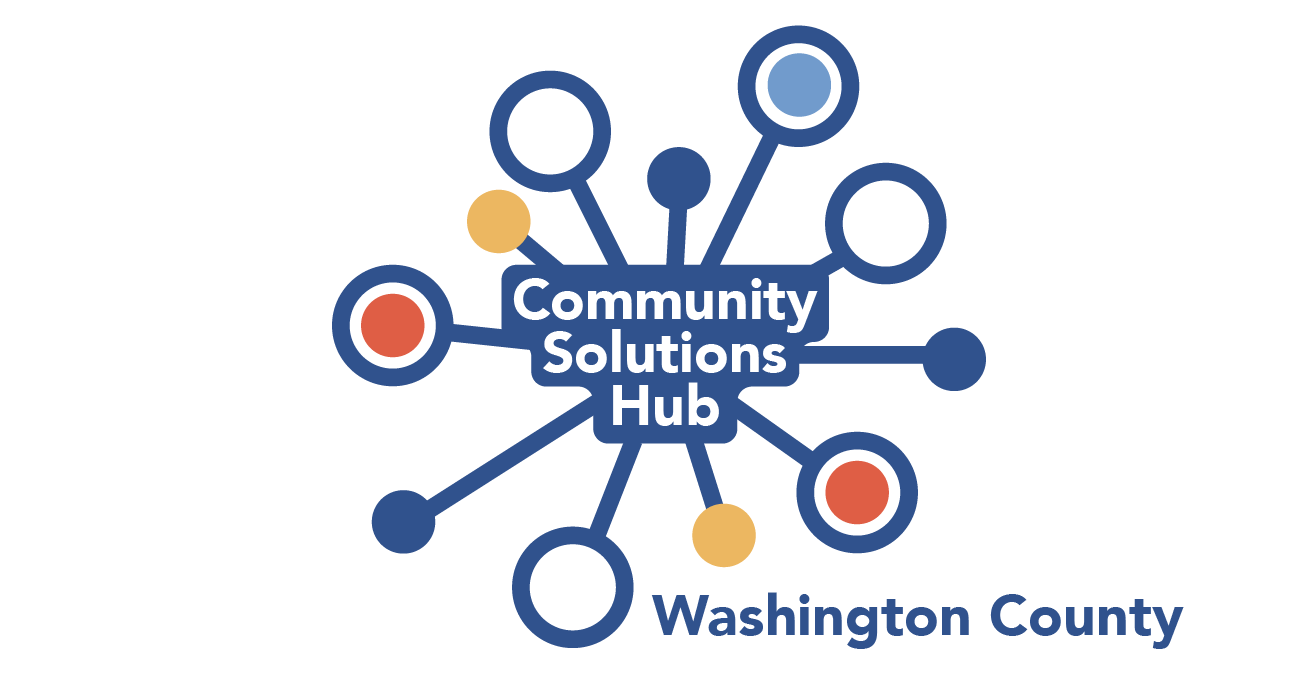Using Community Solutions Hub
Video Tutorials
-
VIDEO: Quick Start - Introduction (0:48)
-
VIDEO: Find Data (0:38)
-
VIDEO: Find All Data (0:34)
-
VIDEO: Find Data by Location (0:53)
-
VIDEO: Find Equity Data (1:02)
-
VIDEO: Indicator Detail Page (1:51)
-
VIDEO: Build a Custom Dashboard (0:52)
-
VIDEO: Funding Opportunities (0:44)
-
VIDEO: Helpful Features (0:49)
Common Questions
-
Why can’t I find what I want?
-
The likeliest reason is that you are looking for data that is not available at the level (in a location) that you want. It may be possible that the data you are looking for is not publicly reported – or – the data has not yet been imported into Community Solutions Hub. Sometimes, the sample size for a particular indicator is too small to produce reliable data, which is not uncommon at the zip code level.
Here’s what you should do:
- Review the list of indicators in Indicator List by Location to see which indicators are available by County, Census Place, Zip Code or Census Tract.
- Contact Community Solutions Hub in the Contact Us section in the web page footer. We want to hear from you. We might be able to offer alternative searches. Plus, we’d like to know if there are additional data sets you’d recommend for Community Solutions Hub!
-
What is the difference between a Dashboard and a Report?
-
A Dashboard is a collection of indicators that exist on the Community Solutions Hub website. Dashboards can be organized by topic, location, demographics or other elements - and data within a dashboard are updated as they become available. Dashboards are a way to track any number of community health issues over time.
Custom dashboards can be created by Community Solutions Hub users and saved, shared with others, and even linked on other websites.
A Report is a ‘snapshot’ in time of a set of health indicators for a specific location. Generated as a PDF, a report can contain a customized array of values, charts, and maps to help tell the story of a community’s health or focus on key health issues and demographics. Reports can be downloaded and printed, but they are not saved within the website.
Community Solutions Hub reports can be helpful appendices to grant applications and community health improvement planning projects.
-
What is the difference between the SocioNeeds Index values and ranks?
-
The SocioNeeds Index, created by Conduent HCI, assigns a numerical index value to every zip code and census tract in the United States. The index provides a simple ‘at a glance’ measure of socioeconomic need – that correlates to health outcomes.
The index values range from 0 to 100 with 0 being low needs and 100 being high needs. All locations in the United States fall within this range.
All locations are also ranked from 1 (= low need) to 5 (= high need). The ranking system show the relative level of need within a community (in this case Washington County).
To learn more about the SocioNeeds Index and the individual indexes within, use the blue Help button found in the bottom right of your browser.
-
What is ‘age-adjusted?'
-
Age-adjustment is a statistical process applied to rates of disease or death that allows communities with different age structures to be compared. This is important because most diseases and health outcomes occur at different rates in different age groups. For example, cancer is more commonly associated with older populations. Rates are commonly age-adjusted to the 2000 US Standard Population.
Sharing Data, Reports, Maps, Graphs and more
- Share a link using the URL at the top of the web browser.
- Bookmark the page.
- Print the page.
- Create a report using maps, charts, and graphs from the site using the Location Report Builder.
- Download a chart or graph as a pdf or jpeg by hovering over the image then clicking the hamburger icon on the top right corner.
- Download the data as CSV spreadsheet by clicking the Download CSV at the bottom of the indicator detail page.
- Create a filtered or hand picked list of indicators by creating a Custom Dashboard.

